Money-printing and play-farming – we’re treading in the muddy footsteps of the French Revolution
The well-heeled echo Marie Antoinette as they frolic in a sanitised version of nature, while central bankers print money with gay abandon. Come the revolution, we won’t have a wall long enough, says Merryn Somerset Webb.


On the MoneyWeek cruise last week I treated our lucky readers to a brief (well, briefish) talk on the causes of the French Revolution. It was, I told them, all about money printing or as we call it these days, QE.
Advisor Perspectives has an excellent account of explosion of the money supply here. It all started in much the same way as all money printing does. France was in hugely in debt (wars, OTT government expenditure, etc); nobody fancied austerity, and every time spending cuts were attempted the slowdown in the economy caused bitter complaining on all sides.
The solution, it was decided, would be to confiscate all church land and issue new money backed by this land. The rise in money supply would boost the economy and all would be well.
MoneyWeek
Subscribe to MoneyWeek today and get your first six magazine issues absolutely FREE

Sign up to Money Morning
Don't miss the latest investment and personal finances news, market analysis, plus money-saving tips with our free twice-daily newsletter
Don't miss the latest investment and personal finances news, market analysis, plus money-saving tips with our free twice-daily newsletter
There was some opposition here (not everyone had forgotten John Law) but in the end the land was confiscated and some 400 million of the new banknotes ("assignats") were "engraved in the best style of the art" and issued in the summer of 1790.
All went well, with the economy picking up nicely, until the autumn of 1790. Hmmm. Clearly enough money hadn't been printed or so the argument went. Another 800 million assignats were issued (with the promise that they would be withdrawn and burned when they were no longer needed). Then in June 1791 another 800 million were issued. At the same time the land was sold (everyone agreed that wider land ownership would be a good thing).
Assignats were now backed by nothing, and the population began to understand that the rapid rise in their supply wasn't a solution to all ills. People began to hoard gold and silver coins. Prices began to rise. Businesses began to pull back on concerns over rising costs and uncertainty. Unemployment rose. Stockbrokers, speculators and exporters prospered; ordinary working people did not.
Late 1791 brought 300 million more assignats. And the presses then just kept rolling. No assignats were ever recalled or burned. All limits on their issuance were cancelled. Mobs started to riot demanding basic necessities. It turned violent. And that was that.
There are obvious parallels to today. We've printed a lot of money. We have sterilised (the modern term for burning) none of it. We find ourselves in a situation where speculators make great fortunes (London house flippers are the gold coin speculators of our day). And, of course, we have a tendency to do odd things such as confiscate property from charitable organisations and flog them on the cheap to widen homeownership.

Is there revolution ahead? I'd like to think not. But a trip to the English countryside at the weekend did make me wonder.One of the things that made Marie Antoinette particularly ridiculous was Hameau de la Reine, the rustic village and farm she had built in the grounds of Versailles so she, and the members of her elite, could feel close to nature. Here's part of the (pretty accurate) Wikipedia entry on it:
"The Hamlet was part of Marie Antoinette's estate, and she enjoyed dressing as a young shepherdess and acting like a peasant, while surrounded by the comforts of a royal lifestyle. Marie Antoinette enjoyed acting as a tableau vivant, as if she were part of a painting. She brought her idyllic, picturesque village to life by stocking the barn with animals, and bringing in "simple" people, such as milkmaids and herdsmen, to act like residents of the hamlet. Marie Antoinette would stroll around her perfect world in simple shepherdess garb with her children, part of an idealised nature. Her closest friends joined her in her ornamental village, where they also enjoyed pretending to live a simple life."
You probably think this is all totally nuts. But an awful lot of today's elites don't.
Take a look at the websites for some of the new hotels in the UK countryside hotels such as The Pig or Soho Farmhouse. Go to those and you will get to experience exactly the same kind of super clean luxury farm escape as Marie Antoinette.
You can stay in a wooden "cabin" (equipped with ready-made cocktails in the fridge). You can have a hot stone massage in a "gypsy caravan." You can have little bottles of milk delivered to your cabin door in the morning by a simple person. You can get taken to your room in a converted 1950s milk float (no need to touch any mud here); have a tin bath outside on your "porch"; wander round perfect kitchen gardens; and, if you really feel the need, you can touch a scrubbed up pig.
It is, says the Sunday Times of the "simple cabins dotted along brooks" at Soho Farmhouse (with no sense of irony), "all about getting the well-connected reconnected with nature." You will see my point. It's totally Marie Antoinette. Vive la revolution.
Get the latest financial news, insights and expert analysis from our award-winning MoneyWeek team, to help you understand what really matters when it comes to your finances.
Merryn Somerset Webb started her career in Tokyo at public broadcaster NHK before becoming a Japanese equity broker at what was then Warburgs. She went on to work at SBC and UBS without moving from her desk in Kamiyacho (it was the age of mergers).
After five years in Japan she returned to work in the UK at Paribas. This soon became BNP Paribas. Again, no desk move was required. On leaving the City, Merryn helped The Week magazine with its City pages before becoming the launch editor of MoneyWeek in 2000 and taking on columns first in the Sunday Times and then in 2009 in the Financial Times
Twenty years on, MoneyWeek is the best-selling financial magazine in the UK. Merryn was its Editor in Chief until 2022. She is now a senior columnist at Bloomberg and host of the Merryn Talks Money podcast - but still writes for Moneyweek monthly.
Merryn is also is a non executive director of two investment trusts – BlackRock Throgmorton, and the Murray Income Investment Trust.
-
 Beating inflation takes more luck than skill – but are we about to get lucky?
Beating inflation takes more luck than skill – but are we about to get lucky?Opinion The US Federal Reserve managed to beat inflation in the 1980s. But much of that was down to pure luck. Thankfully, says Merryn Somerset Webb, the Bank of England may be about to get lucky.
-
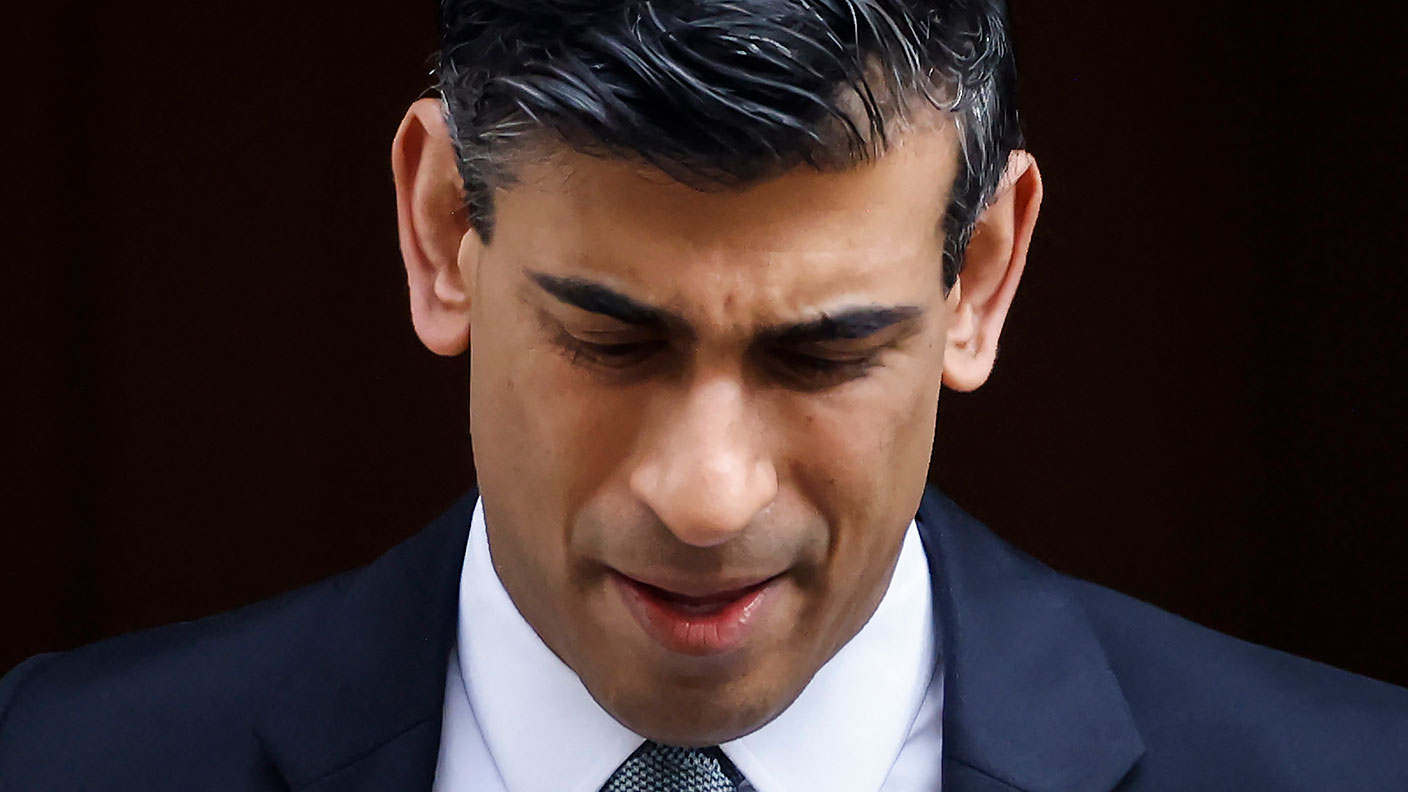 Rishi Sunak can’t fix all our problems – so why try?
Rishi Sunak can’t fix all our problems – so why try?Opinion Rishi Sunak’s Spring Statement is an attempt to plaster over problems the chancellor can’t fix. So should he even bother trying, asks Merryn Somerset Webb?
-
 Young people are becoming a scarce resource – we should value them more highly
Young people are becoming a scarce resource – we should value them more highlyOpinion In the last two years adults have been bizarrely unkind to children and young people. That doesn’t bode well for the future, says Merryn Somerset Webb.
-
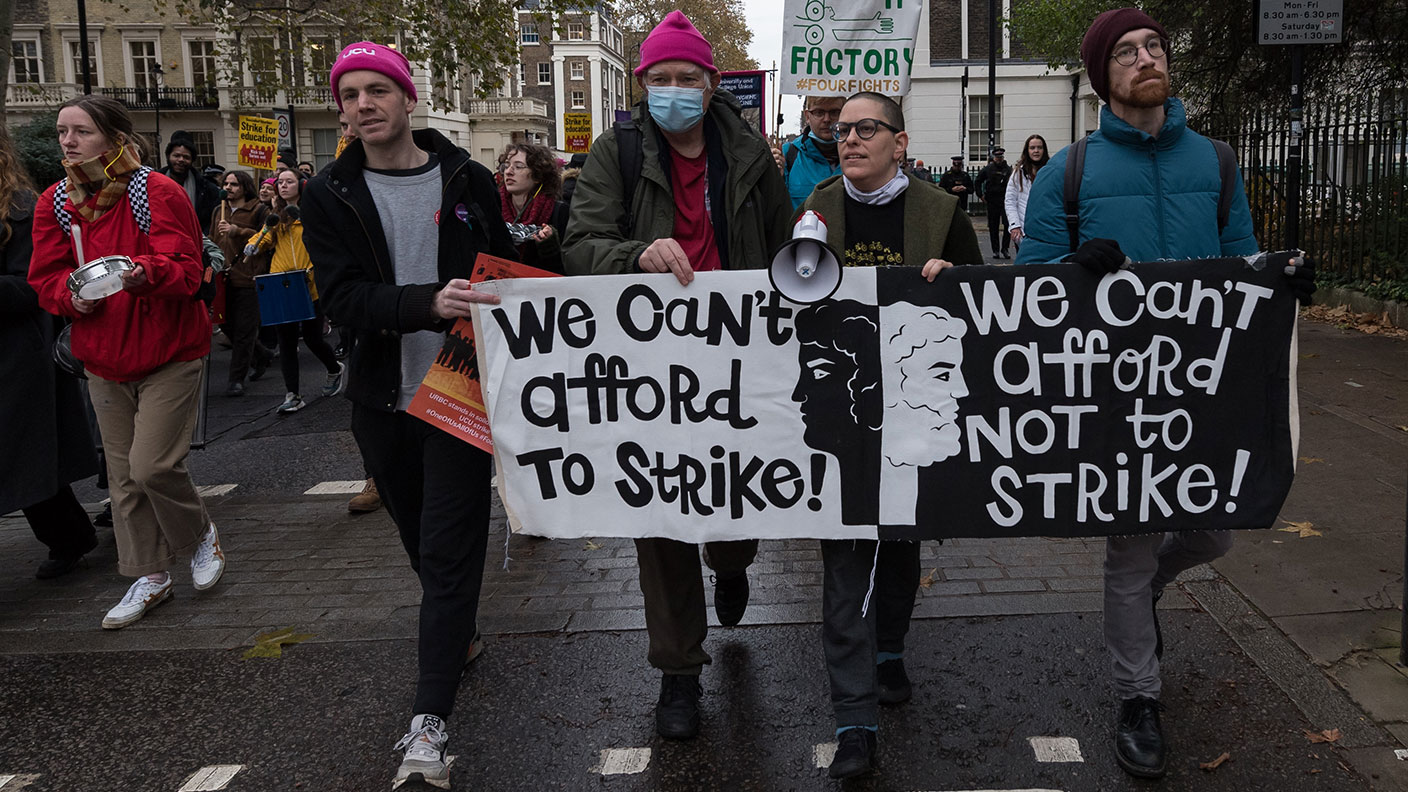 Ask for a pay rise – everyone else is
Ask for a pay rise – everyone else isOpinion As inflation bites and the labour market remains tight, many of the nation's employees are asking for a pay rise. Merryn Somerset Webb explains why you should do that too.
-
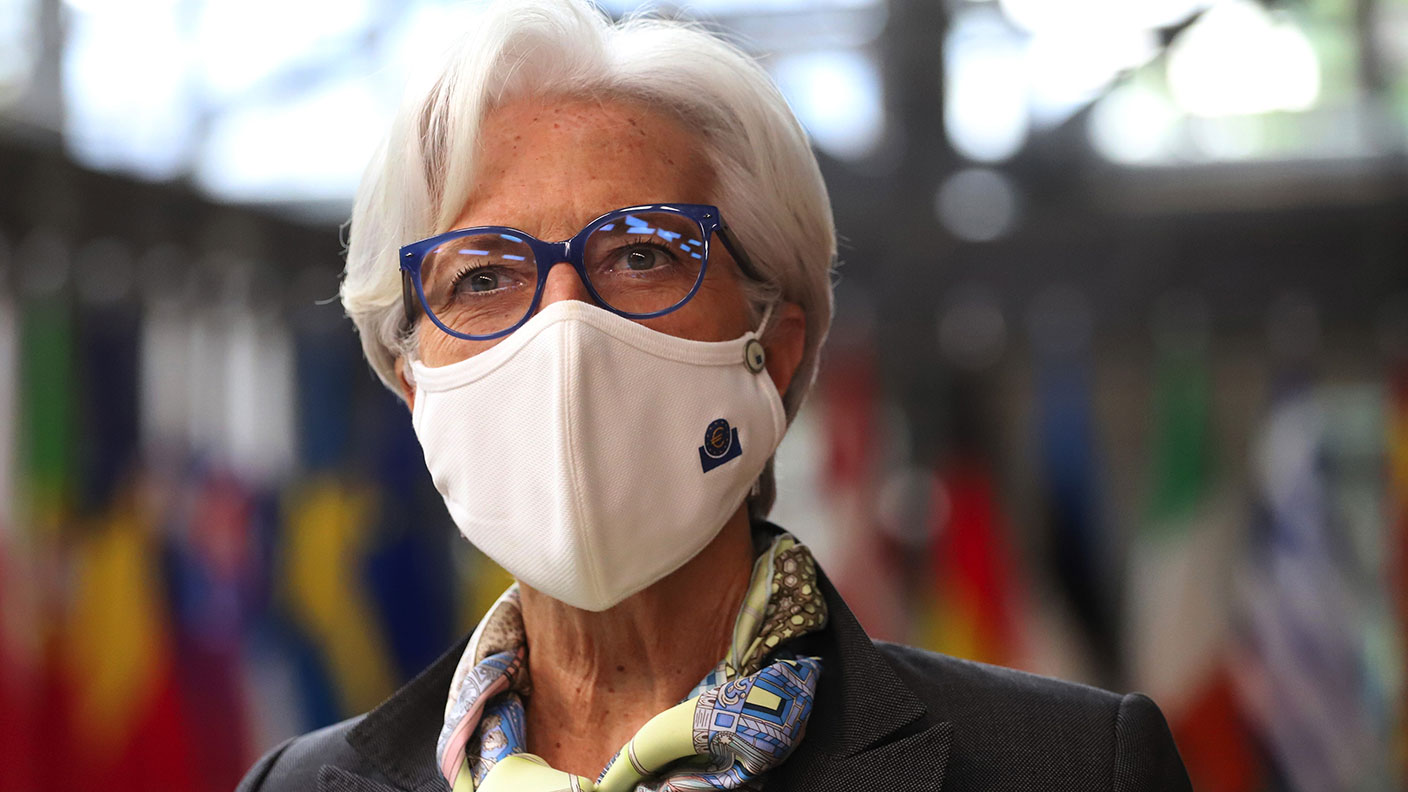 Why central banks should stick to controlling inflation
Why central banks should stick to controlling inflationOpinion The world’s central bankers are stepping out of their traditional roles and becoming much more political. That’s a mistake, says Merryn Somerset Webb.
-
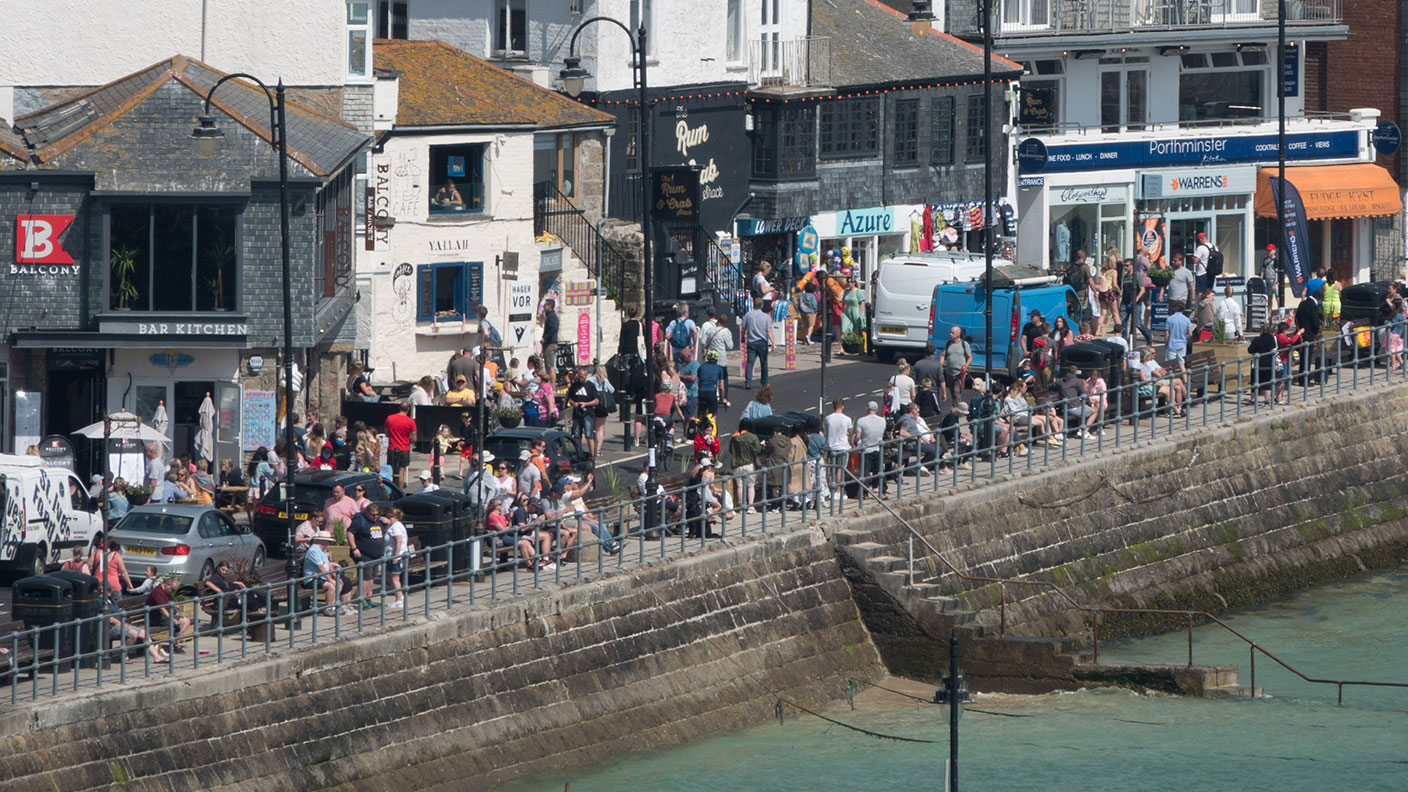 How St Ives became St Tropez as the recovery drives prices sky high
How St Ives became St Tropez as the recovery drives prices sky highOpinion Merryn Somerset Webb finds herself at the epicentre of Britain’s V-shaped recovery as pent-up demand flows straight into Cornwall’s restaurants and beaches.
-
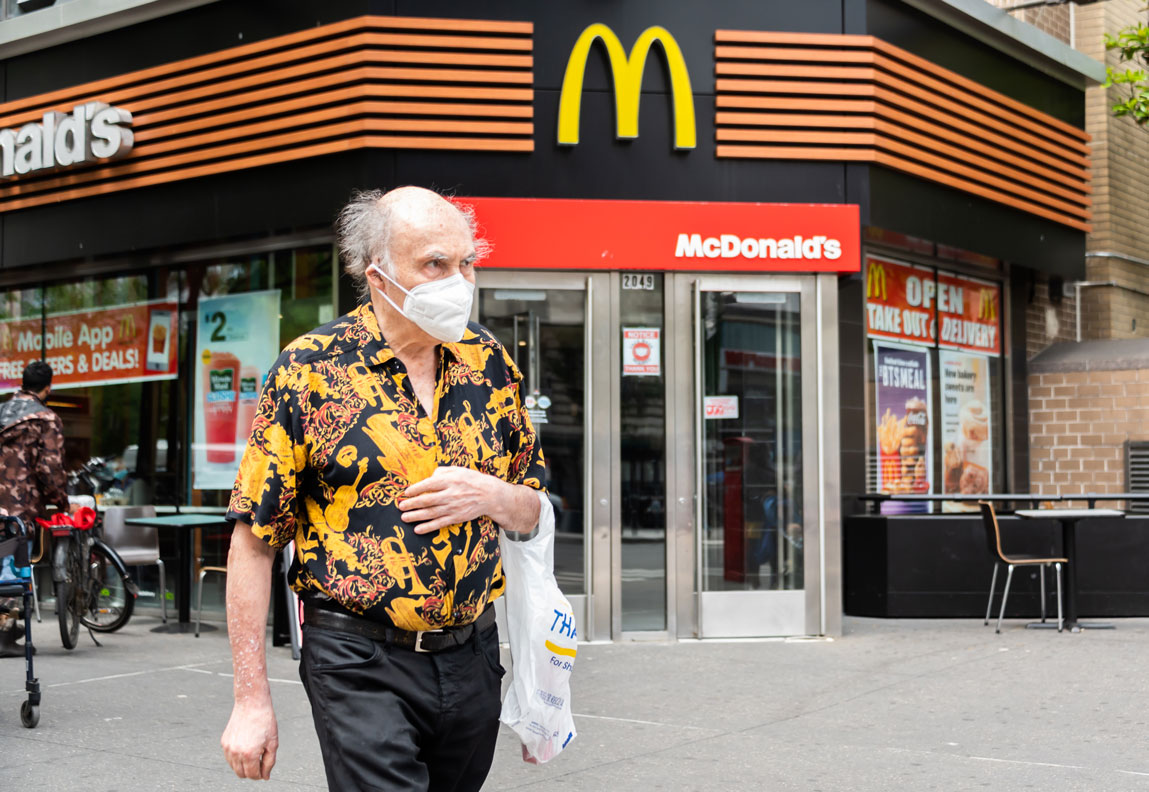 The real problem of Universal Basic Income (UBI)
The real problem of Universal Basic Income (UBI)Merryn's Blog April employment numbers showed 75 per cent fewer people in the US returned to employment compared to expectations. Merryn Somerset-Webb explains how excessive government support is causing a shortage of labour.
-
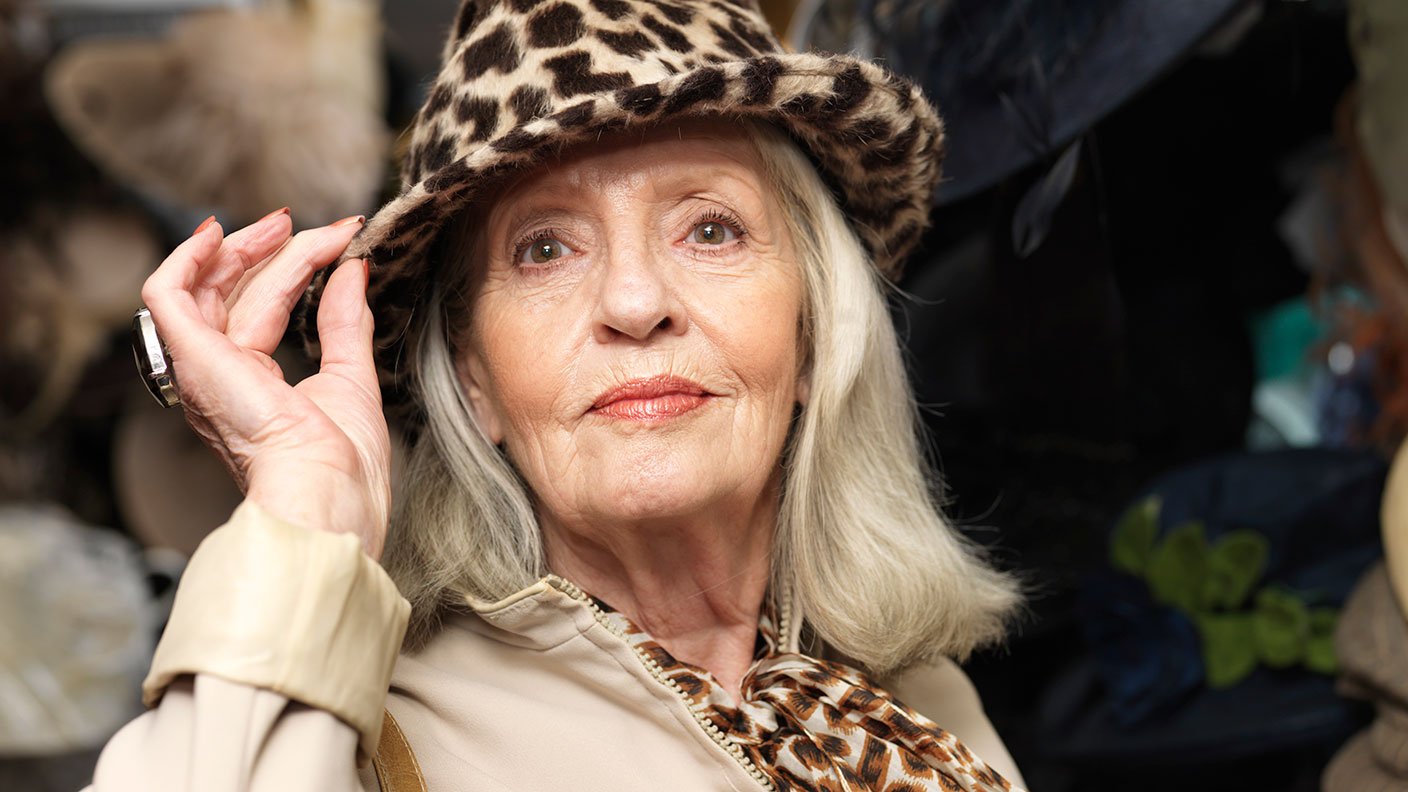 Why an ageing population is not necessarily the disaster many people think it is
Why an ageing population is not necessarily the disaster many people think it isOpinion We’ve got used to the idea that an ageing population is a bad thing. But that’s not necessarily true, says Merryn Somerset Webb.


